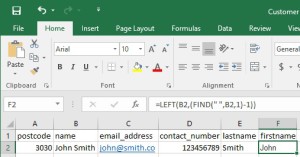So I was recently going through our Group Policy and found that we were applying a reg file to specify the Server IP for our ClickView Players. I don’t really like this approach anymore and tend to try and have everything nice and neat so I set about creating a ADM file to store the setting, I also wanted the ability to disable the School Bag feature for our Labs.
Whilst creating the file I relied on the Language Reference for Administrative Templates on MSDN. I find it much quicker to build it in Notepad with old Syntax then to go around making an XML based ADMX file.
Once I was done, I then got my hands on Microsoft’s free ADMX Migrator (download here) and used it to convert my ADM file. After a quick clean up, imported them into one of our Domain Controllers and I was then able to manage our ClickView Player a little easier and without having to rely on a reg file. You can download the ADM/ADMX for your Group Policy store below.
Hope that makes life easier for someone.
